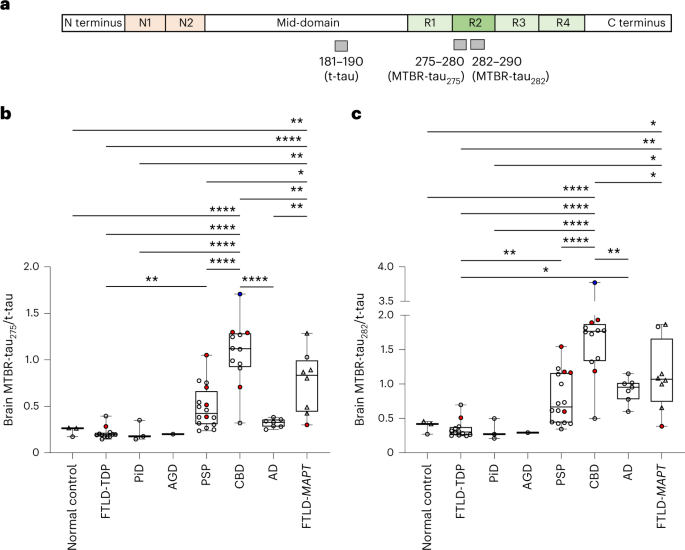2022-11-29 ワシントン大学セントルイス
がん診断のための光音響トモグラフィ再構成の機械学習性能を高めるために超音波を用いた研究は、今回が初めてとなる。
卵巣病変診断を行うために、超音波ニューラルネットワークと光音響トモグラフィニューラルネットワークを組み合わせることによって、新しい機械学習融合モデルを開発した。卵巣のがん病変は、超音波検査からいくつかの異なる形態を示すことがある。固形のものもあれば、嚢胞性病変の内部に乳頭状の突起があり、診断が困難なものもある。そこで、超音波診断の総合的な診断力を高めるために、卵巣がん組織のバイオマーカーである光音響画像による総ヘモグロビン濃度と血中酸素飽和度を加えた。
この結果、超音波強調光音響画像融合モデルは、他の方法よりも正確にターゲットの総ヘモグロビンマップと血中酸素飽和度マップを再構成し、良性病変から卵巣癌の診断の改善をもたらすことが分かった。
<関連情報>
- https://source.wustl.edu/2022/11/machine-learning-model-builds-on-imaging-methods-to-better-detect-ovarian-lesions/
- https://www.sciencedirect.com/science/article/pii/S2213597922000854?via%3Dihub
卵巣病変の定量的光音響トモグラフィーのための超音波強調Unetモデル Ultrasound-enhanced Unet model for quantitative photoacoustic tomography of ovarian lesions
Yun Zou,Eghbal Amidi,Hongbo Luo,Quing Zhu
Photoacoustics Available online: 25 October 2022
DOI:https://doi.org/10.1016/j.pacs.2022.100420

Abstract
Quantitative photoacoustic tomography (QPAT) is a valuable tool in characterizing ovarian lesions for accurate diagnosis. However, accurately reconstructing a lesion’s optical absorption distributions from photoacoustic signals measured with multiple wavelengths is challenging because it involves an ill-posed inverse problem with three unknowns: the Grüneisen parameter (Γ), the absorption distribution, and the optical fluence (ϕ). Here, we propose a novel ultrasound-enhanced Unet model (US-Unet) that reconstructs optical absorption distribution from PAT data. A pre-trained ResNet-18 extracts the US features typically identified as morphologies of suspicious ovarian lesions, and a Unet is implemented to reconstruct optical absorption coefficient maps, using the initial pressure and US features extracted by ResNet-18. To test this US-Unet model, we calculated the blood oxygenation saturation values and total hemoglobin concentrations from 655 regions of interest (ROIs) (421 benign, 200 malignant, and 34 borderline ROIs) obtained from clinical images of 35 patients with ovarian/adnexal lesions. A logistic regression model was used to compute the ROC, the area under the ROC curve (AUC) was 0.94, and the accuracy was 0.89. To the best of our knowledge, this is the first study to reconstruct quantitative PAT with PA signals and US-based structural features.


